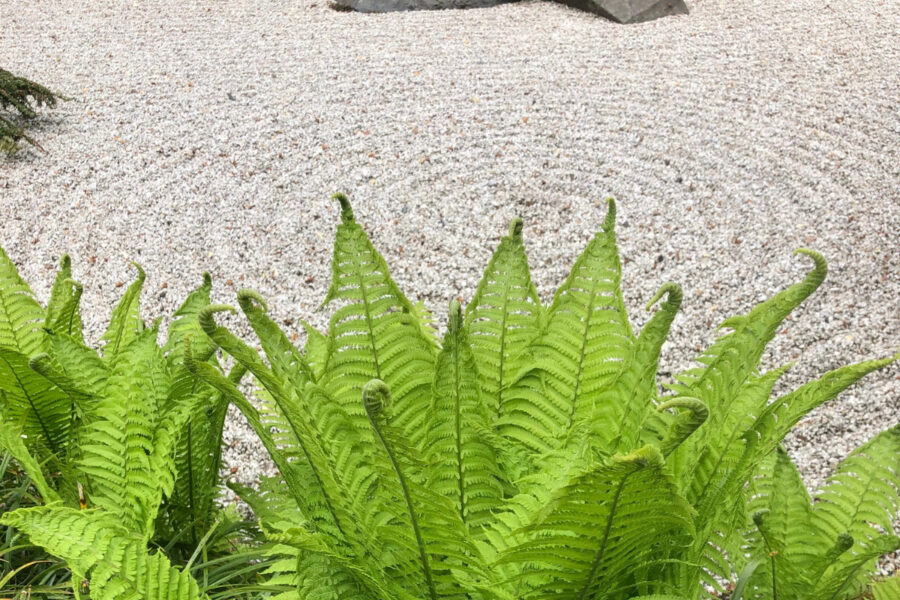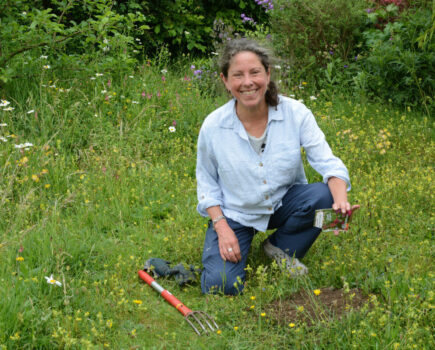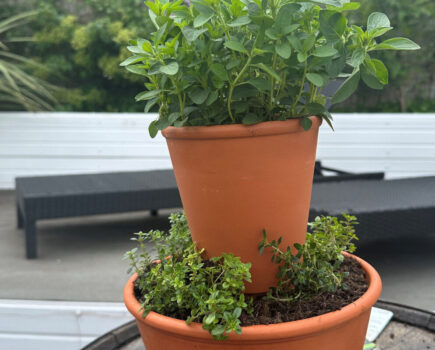Bring a feeling of zen into your small outside space this autumn, says Chris Collins
While I was working in Japan in the mid-1990s, I was fortunate to visit many private and public temple gardens. These Eastern gardens often reflected the wider landscape in miniature form, and were created to be areas of meditation and contemplation. In short, a place to switch off from the hustle and bustle of daily life. They are very different from Western gardens, which tend to be highly individual and high-maintenance.
Whole parks are dedicated to mimicking huge swathes of landscape. In Kumamoto, in Southern Japan, there’s a space that has been created to reflect the journey of the Shoguns from the South to Tokyo. It even has its own mini mount Fuji. The point being that scale is of no relevance when it comes to these meaningful Eastern gardens.
On the surface these designs can look complex, but if you break them down to the basics it’s quite possible to achieve them in your own small space. The rocks represent the mountains, gravel or crushed stone – elegantly raked in waves – represent the oceans and the plants depict the forests. Stepping stones help you to move through the garden, and these represent islands. Water can be involved and in a small space a ‘Suikinkutsu’, a stone sink filled from a bamboo pipe and captured by a ceramic pot, is the perfect way to have both the presence and sound of water.
So, if you fancy a small area of contemplation, but don’t have much space, try creating your own tea garden in corner area, or a trough or large pot. Cover the drainage holes and fill with a decent peat-free potting compost, along with a little silver sand to help avoid waterlogging. Place some small rocks on the surface – pick these carefully, making sure they express strong strata (lines on the rock surface) and add your plants and gravel last.
Small compact plants such as big blue lily turf (Liriope mascari) or small ferns such as Polystichum aculeatum make great additions to a small tea garden . If however you are working on a larger scale, go for a Japanese maple or tea camellia.

The great news is, once your Eastern garden is built – the maintenance is minimal. Make sure the plants are watered regularly and dosed with organic feed a few times a season. All you need to do after this is get yourself some green tea and enjoy gently raking your gravel and enjoying some time out in your meditative space.

………..
Small Space Q&A
Q. What kind of gravel should I use for?
A. The gravel or crushed stone for a trough should be as fine as possible and sourced sustainably. You can then use a dinner fork to create waves effects! Try to use materials you already have to hand, but if you have to buy in – source gravel from local suppliers or look out for recycled products, such as eco-aggregates.
Q. How easy is it to create a moss garden?
A. It can be quite an ambitious project, but you can buy sustainably sourced moss or take some from a lawn and transplant it. Regularly water it with a mister from collected rainwater for best results. You can also brush organic fertiliser onto the rocks to encourage moss and lichen to colonise.

Q. What are the best small trees for a Japanese style garden?
A. Dwarf Japanese maples such as acer ‘Beni Hime’ (translates as ‘Red Dwarf’) has a pink spring flush, or acer crippsii has orange autumn colour. Or you could use ekianthus campanulatus, a beautiful evergreen shrub that can be clipped.
Find more tips, advice and articles like this at the Amateur Gardening website. Subscribe to Amateur Gardening magazine now





